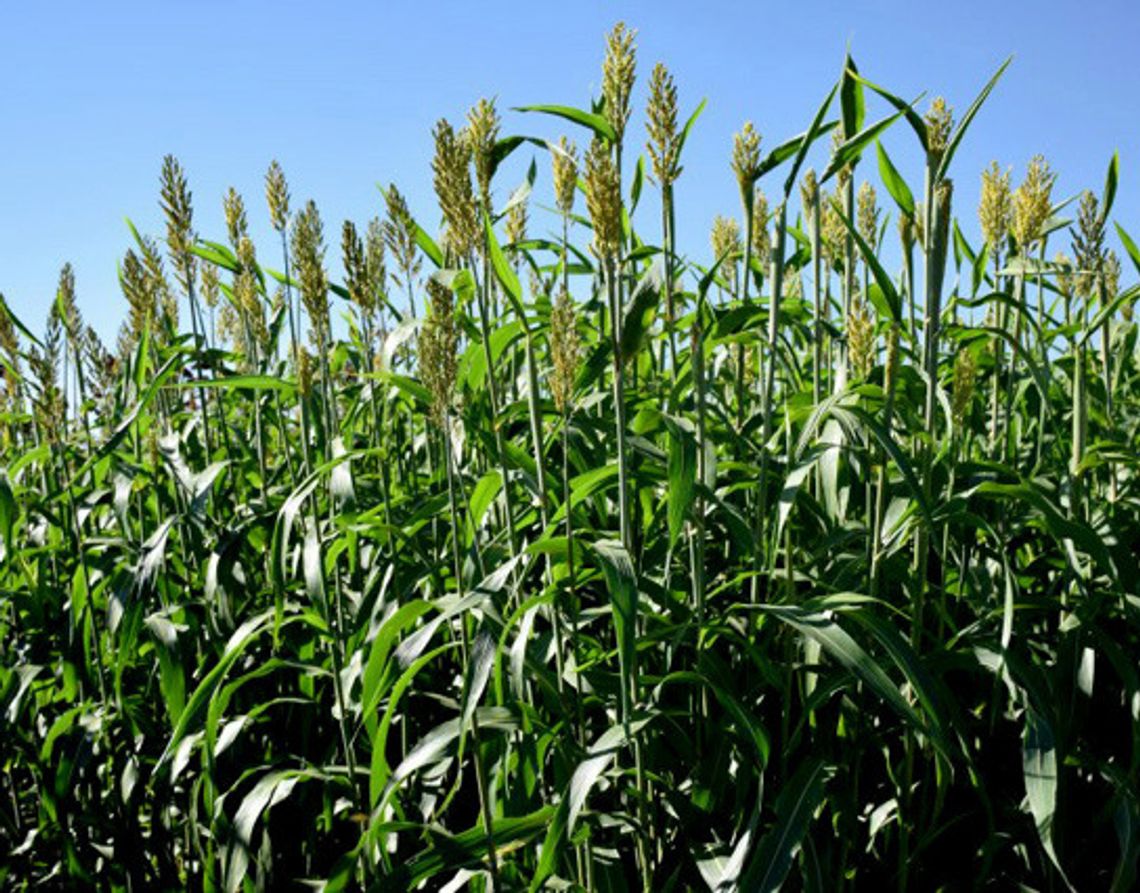An average of 200,000 acres of grain sorghum is planted annually in Nebraska and ranks sixth in the nation for production. Sorghum is mostly a dry-land crop planted in southeastern and south-central Nebraska.
The plants adapt to climate challenges such as heat and drought. They need 30 percent less water than other grains. Over 90 percent of the sorghum acres planted across the nation is rain-fed.
As the sorghum plant matures, the color ranges from deep bronze to pearly white.
Sorghum helps regenerate the soil with increasing organic matter, enabling it to keep more important soil nutrients and moisture.
Sorghum stalks, which are standing in fields after harvest, help by adding nutrients back into the soil, break soil compaction, keep moisture, and decrease erosion.
It removes carbon from the atmosphere, storing it in the soil, cleans the air, and helps with climate changes. The crop has a reduced carbon footprint through conservation tillage practices and nitrogen-use efficiency aiding in a greater profitability for our farmers.
Sorghum crop is used for renewable fuel production. The diversity of sorghum in the ethanol industry can be utilized in a large variety of programs. In starch-based ethanol production, sorghum and corn are interchangeable. A bushel of grain sorghum produces as much ethanol as a bushel of corn.
Grain sorghum expands domestically and internationally as a feed for poultry beef dairy, and swine. It is also one of the longest standing marketplaces in the livestock industry. The stems and foliage are ideal for green chop, hay, silage, and pasture for livestock.
Sorghum also provides an excellent choice for the local wildlife populations, such as deer, quail, pheasants, and many other species of birds. The sorghum plant provides a wildlife habitat and protection from the harsh winters and summer heat.
The food industry has found a variety of ways to incorporate sorghum into many consumer products. It is a thorough source of fiber and protein which adds a hearty, nutty flavor to recipes. Adding sorghum to salads, cooked dishes, and snacks helps meet the daily servings of whole grains.
The nutritional value and limitless of finding creative ways to use sorghum. Sorghum is gluten-free and a dietary alternative for people who live with celiac disease.
With the vast usage and adaptation of sorghum, this is one efficient crop!




